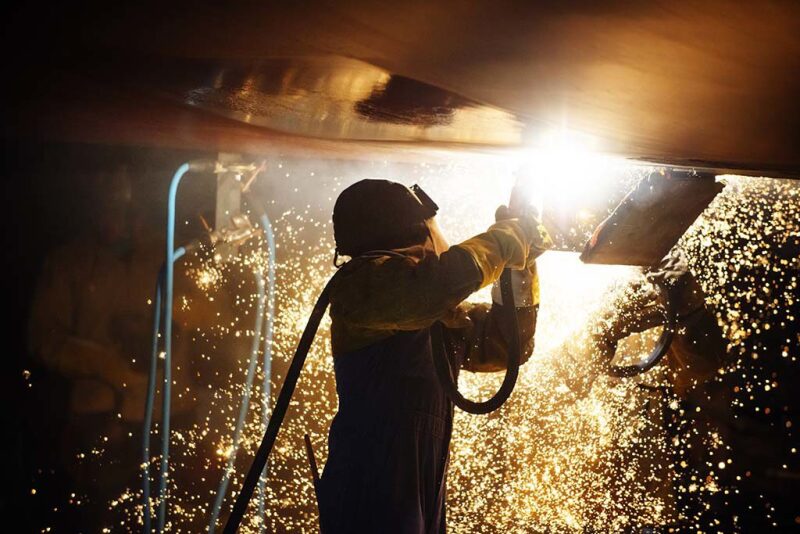Human-factors engineering (HFE) is applied widely in the design phase of capital projects in order to build human-centered facilities. By considering the interactions between workers, tools, and facilities, a project team can identify any additional controls that may improve overall human performance in the construction phase. This paper describes the operator’s experience in the consideration of HFE during the construction and fabrication/installation phase of the project with the goal of proposing a structured approach.
Introduction
Starting from a high-level screening of possible human interactions with the equipment, work environment, and monitoring and control systems, the project team can identify human-performance criticalities that can negatively affect integrity of operations, or those HFE opportunities that may relieve operational bottlenecks, thus allowing for the implementation of new concepts and operational practices. As more-detailed information on the design of the facility becomes available, more in-depth analyses may be carried out on the basis of the specific needs of the project.


